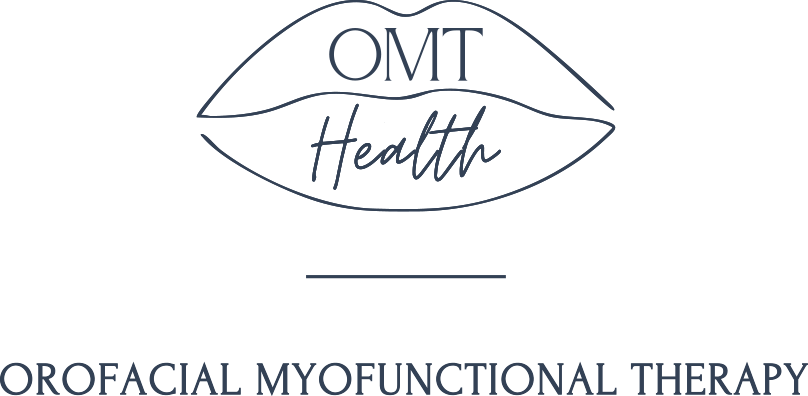
Emily Fobel, OTR/L, CLVT, AOMT-C

Emily was born and raised in Southern California. She completed her undergraduate studies at UC Davis and later received her Master’s in Occupational Therapy from Nova Southeastern University in Fort Lauderdale, Florida. She holds National Board Certification through the NBCOT and is also a Certified Low Vision Therapist. Emily started off her career working at the US Department of Veterans Affairs, treating blind and low vision veterans as old as one hundred two. Emily later transitioned to working in the school setting, providing occupational therapy to students with special needs ranging from three years old and up.
Emily fell into myofunctional therapy after being a patient herself, treated by the esteemed Joy Moeller. She is fortunate to have experienced therapy firsthand from one of the top therapists in the field. Emily is forever grateful for the guidance and support Joy has given her. With Joy’s encouragement, along with a newfound passion for myo after experiencing how life changing it can be, Emily went on to become a Certified Orofacial Myofunctional Therapist through the Academy of Orofacial Myofunctional Therapy. She continued her education taking courses offered by renowned myofunctional therapist and pioneer in the field, Barbara J. Greene. Barbara later hand-selected Emily to personally train her to fill her shoes once she retires. Emily has since become Barbara's associate, delivering services using her signature methods and protocols. Emily currently works alongside Barbara in her in Ventura office. She also runs her own practice in Westlake Village.
Emily has found happiness in being able to work with patients across the lifespan and seeing transformative results regardless of age.



